DN250 PN10 butterfly valve is made according to EN593 standard. The valve body is made of ASTM A216 WCB. It has the structural characteristics of three eccentricities, bidirectional one to one pressure test. Its connection mode is wafer. And it has turbine operation mode.
Payment:
30% when order confirmed, 70% before shipmentProduct Origin:
ChinaColor:
CustomizationShipping Port:
Shanghai, ChinaLead Time:
30~60 days Ex Works after order confirmationMaterial:
ASTM A216 WCBMethod of Operation:
TurbineProduct Description
|
Type |
Butterfly Valve |
|
Size |
DN250 |
|
Pressure |
PN10 |
|
Connection |
Wafer |
|
Operation |
Turbine |
|
Body Material |
ASTM A216 WCB |
|
Design Norm |
EN593 |
|
Face to Face Dimensions |
EN 558 |
|
Flanged End |
EN1092-1 |
|
Test & Inspection Code |
EN12266-1 |
|
Temperature |
-29 ~ 300°C |
|
Applicable Medium |
Water, Oil and Gas |
Features
1. Compact structure, fast switching speed, convenient operation, and reliable sealing performance;
2. It is widely used in industries such as power, metallurgy, petroleum, chemical, and urban heating.
Technical Drawing
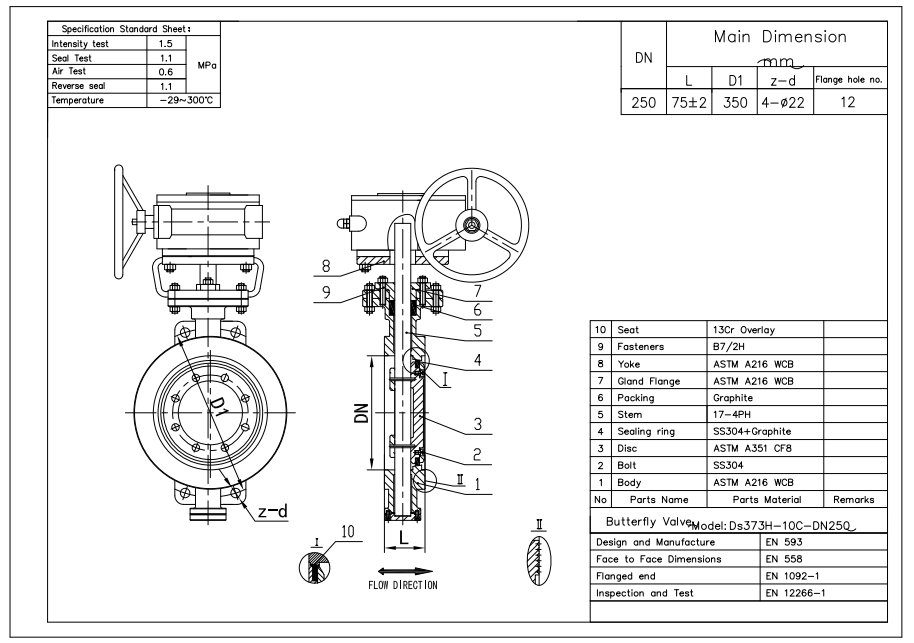
Dimension Checking
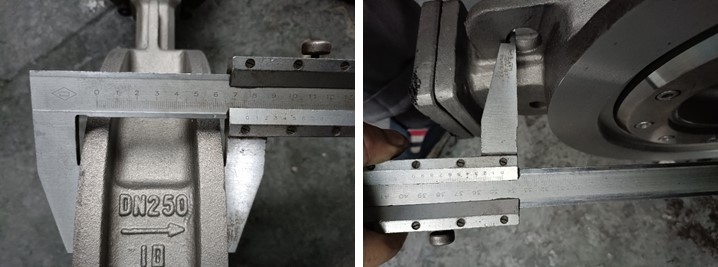
Pressure Testing
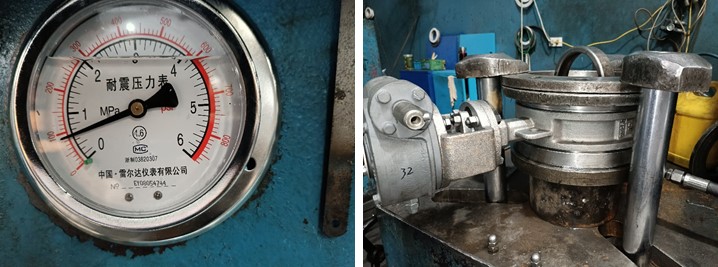
Painting
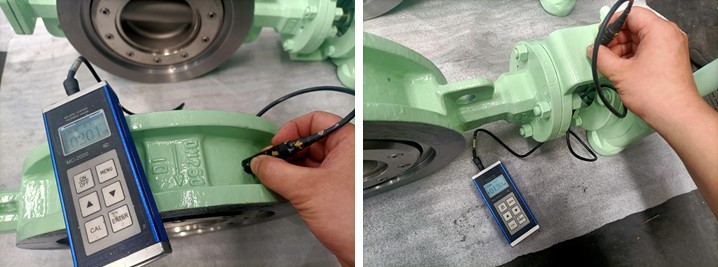
Nameplate & Packing
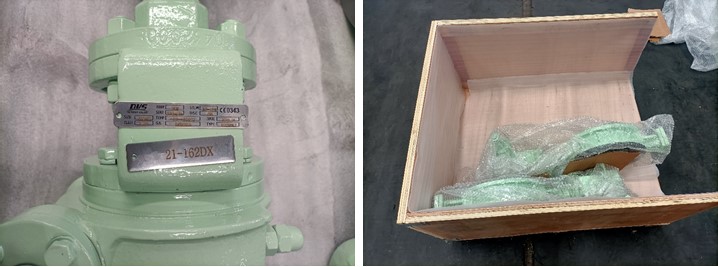
Inspection report
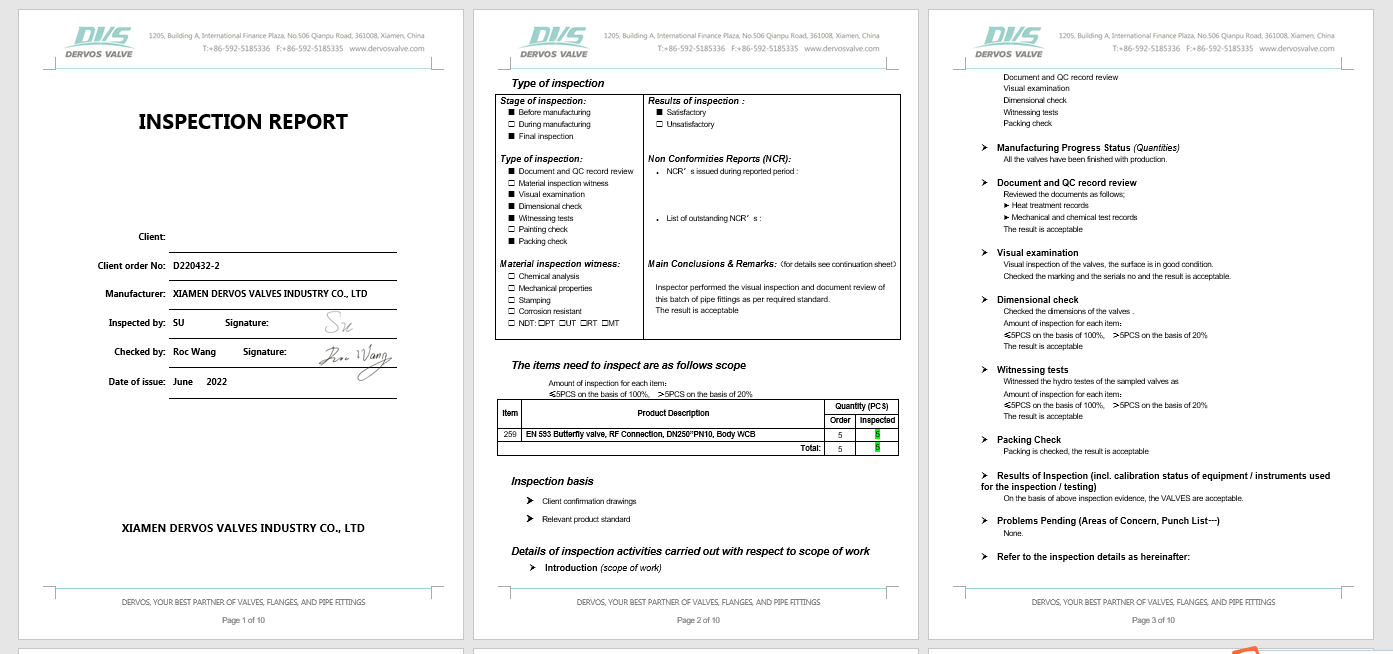
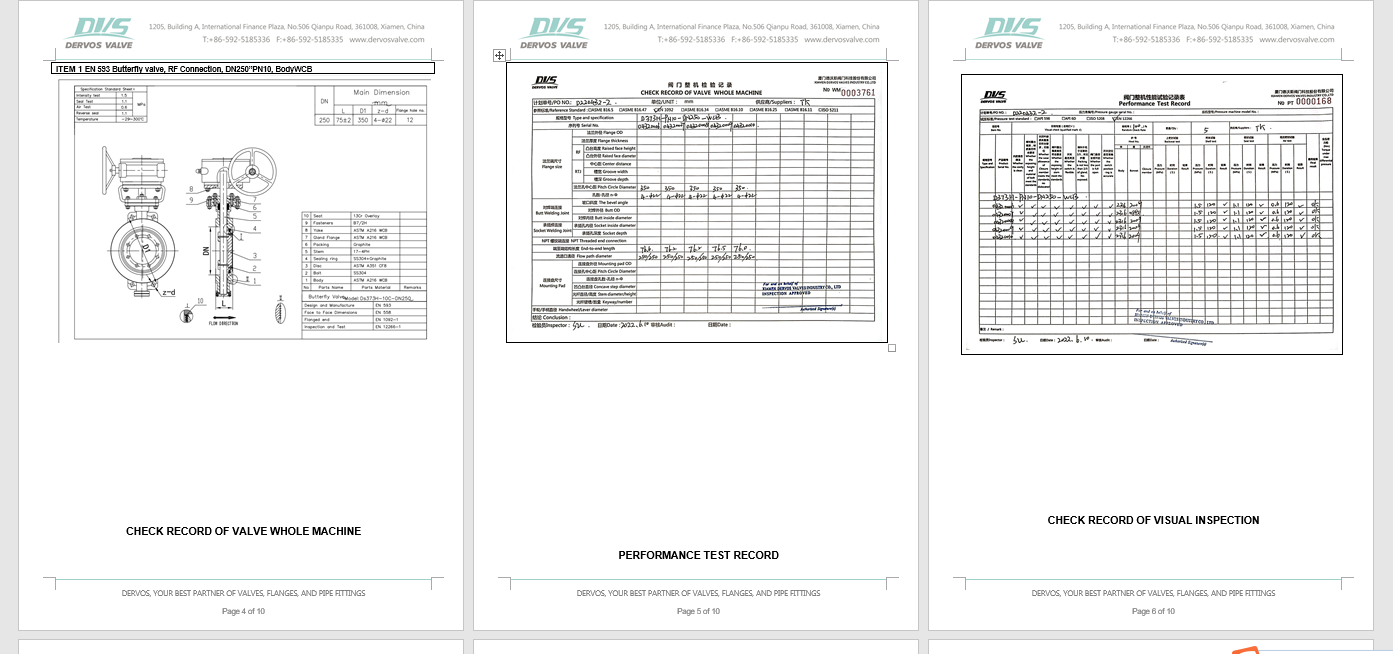
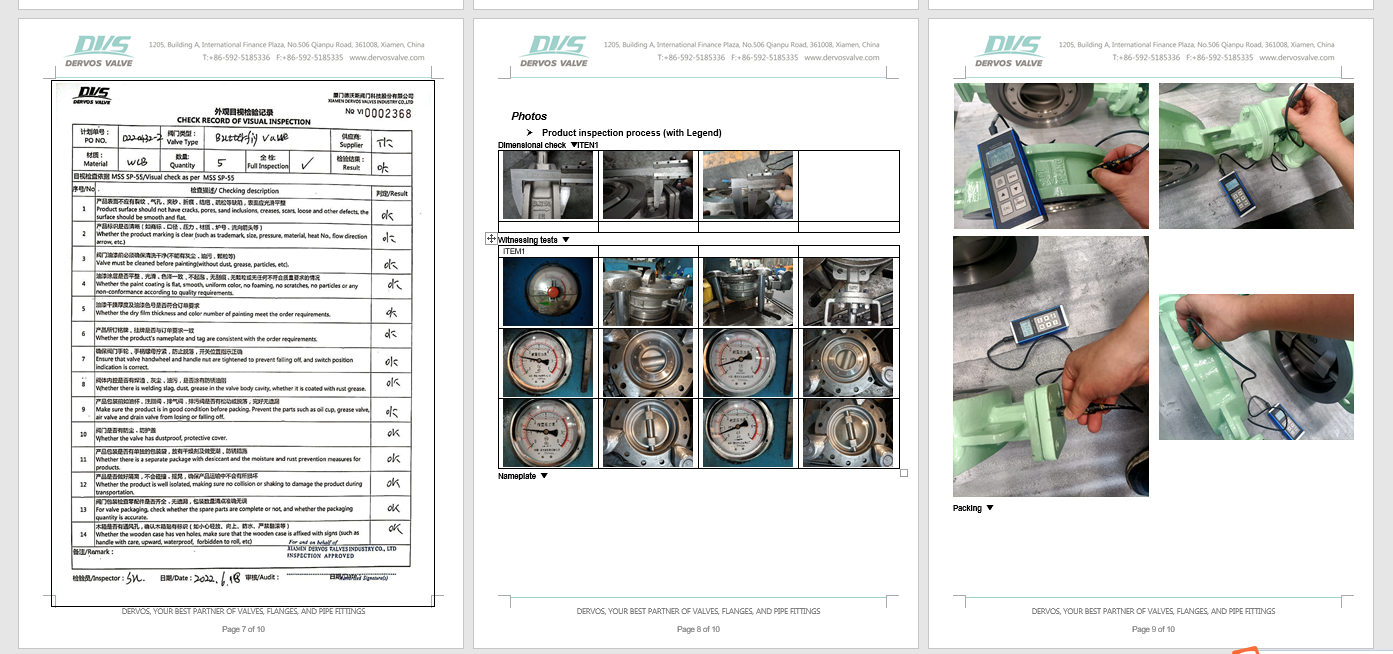

If you are interested in our products and want to know more details,please leave a message here,we will reply you as soon as we can.